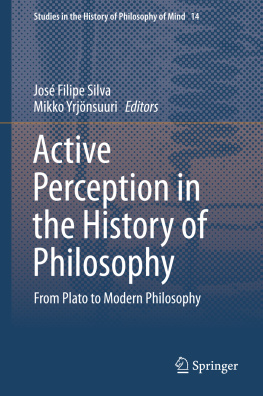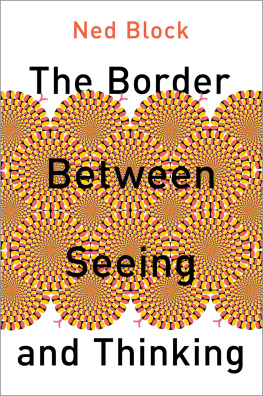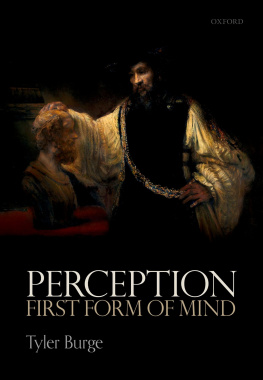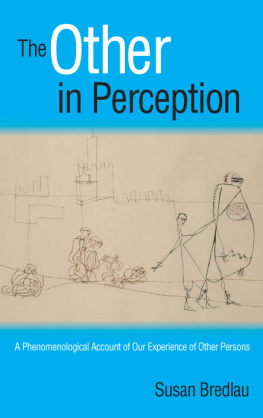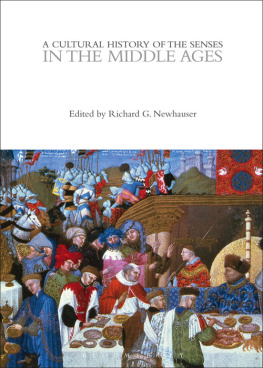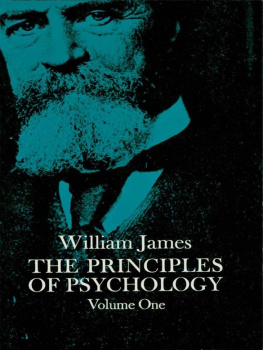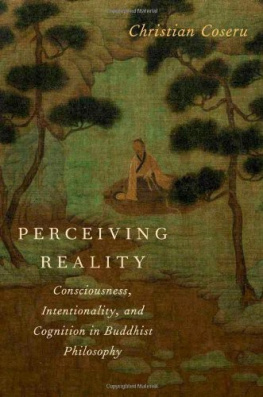1. Introduction: The World as a Stereogram
1.1 Activity
Contemporary accounts of perception generally share the intuition that the perception of the external world is not the simple result of external things acting causally on the sense organs. It is rather a process conditioned by at least two factors that are internal to the perceiving system:
i.
The set of beliefs and knowledge prior to any individual perceptual experience and
ii.
The psychological and physiological systems of information processing with which beings of a certain species are naturally equipped.
In other words, we do not just passively perceive what is in front of our eyes, we also actively engage in procedures through which we get perceptual information about the world. In addition, it is commonly agreed that our access to the external world is heavily mediated by systems of representations, and that only in a restricted way can we say that we perceive things as they are.
Investigation into how these intuitions developed into the form they have today and how extensively they inform the fields of philosophy of mind and cognitive science remains, for the most part inadequate. The purpose of this book is to tell the story of how Platonic and Aristotelian accounts of perception have developed and changed over the two millennia following their first appearance to form a specifically modern understanding of what happens in perception. The aim of the book is to give historical depth to contemporary understanding of perception, and to allow critical re-evaluation of the intuitions and theories shaping contemporary accounts. The chapters of the book follow a rough historical order and thus allow the reader to grasp lines of development within the discussion.
Our contemporary understanding of perception places great emphasis on the activity of the perceiver, whose role is not merely to be at the receiving end of sensory information coming from without. On the other hand, contemporary philosophy of perception stresses that all acquisition of new knowledge is, in a way, a translation into an existent system of information, and previous knowledge has an essential role in the process of obtaining new information about particular objects in the world outside us. Information is not simply received and processed, however: the kind of information that is received as well as what and how it is received and processed are considered an integral part of how perception is possible. The perceiver seems to have ceased being the one who does the perceiving and has become the one who makes the world that is perceived. There is, of course, some exaggeration in this portrait, but it is not completely off track.
The way perceivers unlock the secrets of a stereogram is a good example: the visual systema specific visual systemhas to learn how to see the virtual image. This is possible only when the mind/brain produces the feeling of depth from the sensory information received in each of the eyes. The feeling of depth is a product of the active mind/brain rather than something merely received by the sensory system. Once perceivers are able to see the virtual figure in their first stereogram, the process becomes easierthe system has learned how to see this image whether or not the perceiver is consciously aware of how it happens.
As a result of that evolution, active perception has evolved to become one of the central notions in the fields of philosophy of mind, cognitive psychology, and robotics, and even in studies on computer vision . In order to make these aspects fully understandable, the study of perception has, for a long time, proceeded to model human information-processing systems as computers. Machines are built to haveand living organisms to operate withthe capacity to map the environment. Through this mapping they learn how to learn, not only adjusting their systems to incorporate new information (that is the learning part) but also changing the way their systems work in order to become more efficient in processing the information that is acquired (that is the learning to learn part). A system that is misadjusted to the specific environment is a waste of resources that are, in all enclosed systems, limited. On the other hand, systems that process the same information to the same end are redundant and thus a waste of resources.
Having stated that this book is about active perception, we should first of all, explain the qualification active, in other words, justify the distinction from perception tout court. It may well seem strange to introduce this distinction in contemporary philosophy because all perception is active in the post-Kantian mind. Herein resides our justification: the contemporary discussion appears to lack a historical understanding about how such conception came about. We will argue that such a conception is largely the result of a long historical and philosophical process of development. It did not spring forth from Kantian originality, nor is it even specifically modern.
For those dedicated to the history of philosophy the originality of such a contemporary conception of activity in perception seems overstated. In fact, it is easy for any of us upon reflecting on the historical periods of our choice and expertise to identify possible sources of such a conception, as well to suggest possible connections between historical sources. Upon close scrutiny however, these threads seem to disappear at some point close to the chronological limits of our expertise. The major problem in this kind of historical investigation is not even the lack of continuity of the thread, but the fact that within the same concept philosophers from different historical periods meant disparate things.
As has now become clear to many historians of philosophy, there is no single connected and continuous intellectual history. What we have, in practice, are large libraries of books of different kinds containing different kinds of discussion. What intellectual historians do is explore and organize the intellectual material in these books into a form that is approachable to the modern mind. The construction of a thread of causally connected development may be a useful tool for such a purpose, but it is necessarily very limited. Instead of trying to bind all the threads tightly together, it may well be more useful to allow the richness of the historical materials to come out. Contemporary ways of thinking do not stem from one single history, but from multiple disparate developments during the course of which intellectuals have worked on single topics, but have often spoken past one another, defending their own theories that, in fact, concerned different issues.

